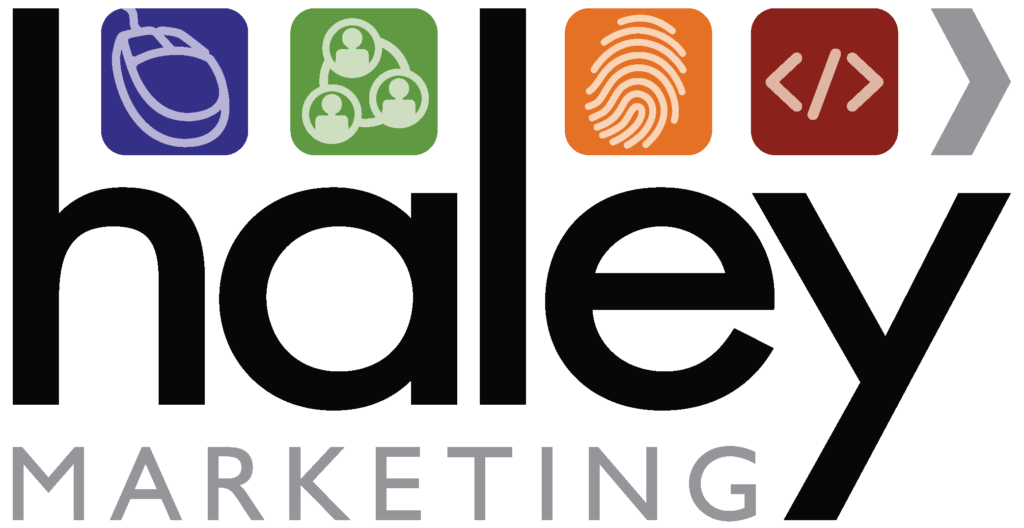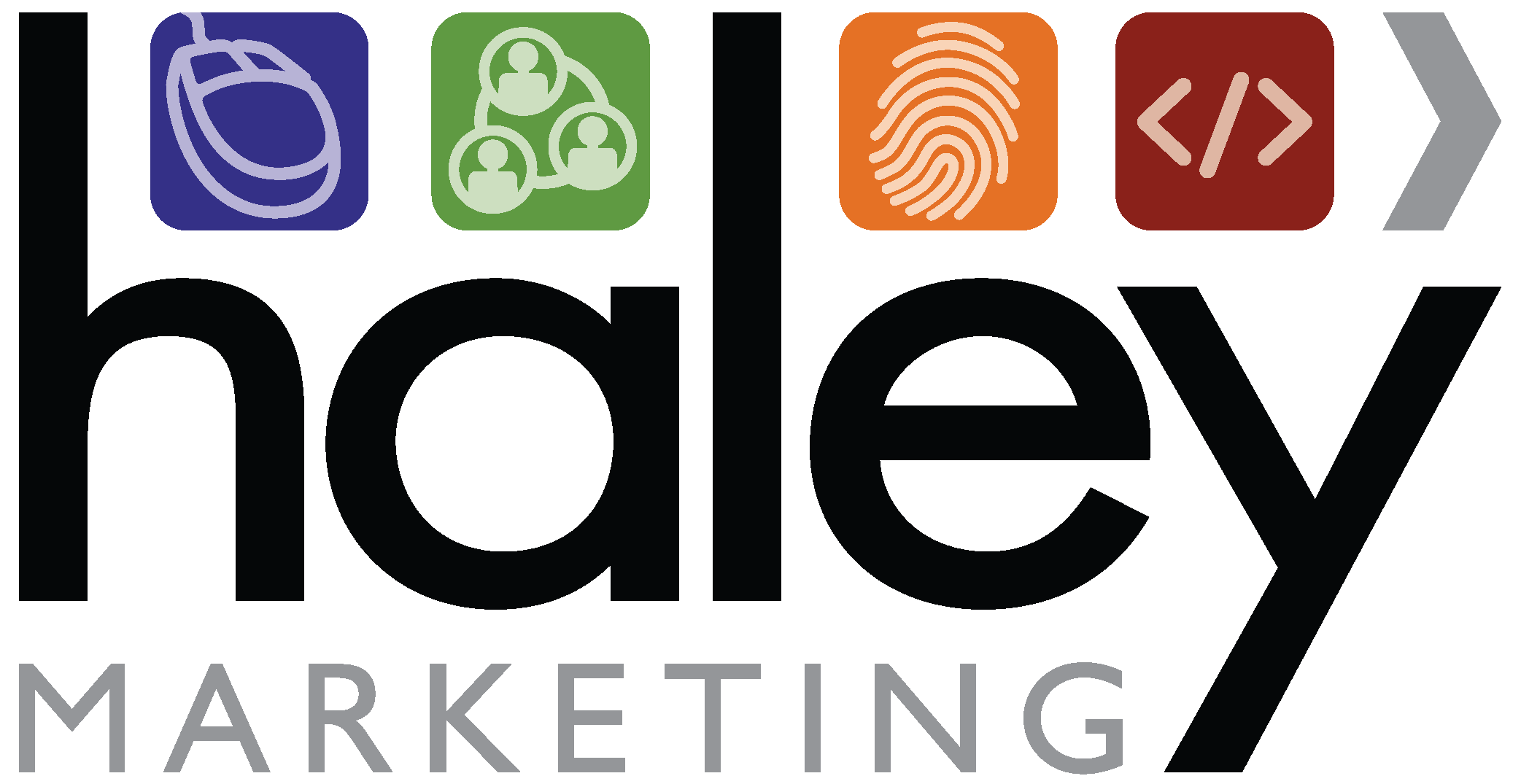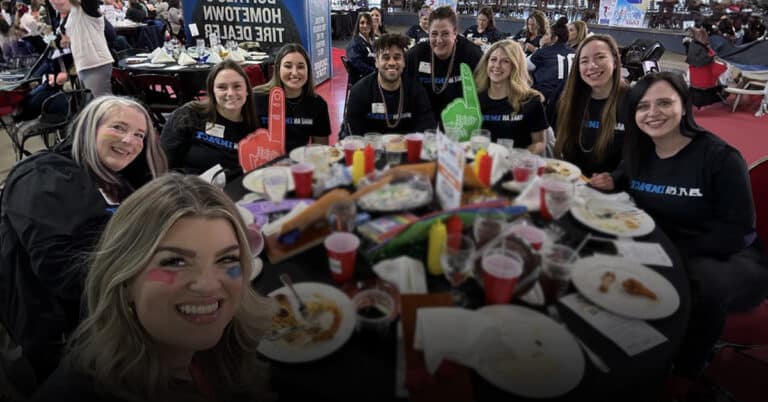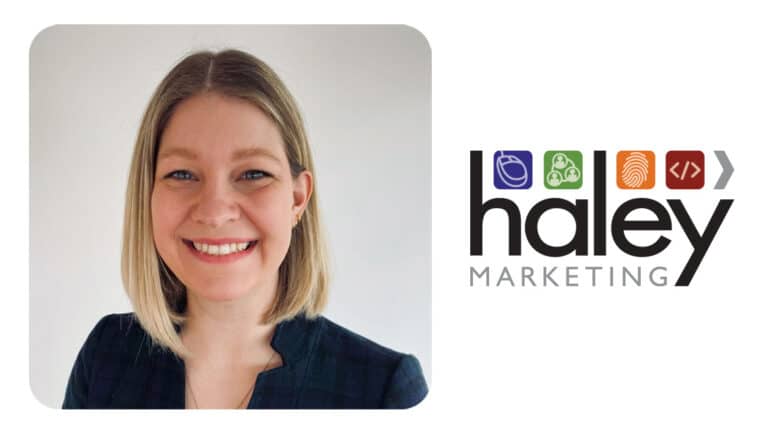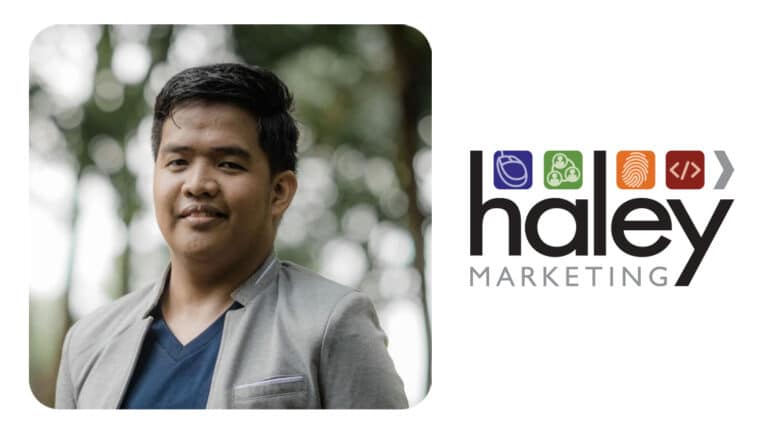The following transcript was taken from InSights, a staffing and recruiting podcast from Haley Marketing dedicated to providing quick-hitting takeaways on Digital Marketing and Recruitment Marketing. To listen to the episode, click play on the player above or visit the episode page [InSights] Does the age of your job posting affect performance on job boards?
Brad Bialy: At this time, we’d like to welcome on Elaine Materise, Digital Marketing Manager with Haley Marketing. Elaine, welcome to InSights.
Elaine Materise: Thanks for having me.
Brad Bialy: Elaine, why don’t you tell us what it is you do on a day-to-day basis to help Haley Marketing and help our clients?
Elaine Materise: Sure. So as you mentioned, I’m a digital marketing manager here at Haley Marketing. I’m responsible for overseeing a team of strategists and advisors. And essentially my goal of my job is to ensure all my clients and my team’s clients have measurable ROI. On top of that, I work on Haley Marketing’s internal team where I help coordinate conferences, events, any really speaking engagements our team is going to.
Brad Bialy: If you’ve seen Haley Marketing at a conference, or if you’ve seen the marketing materials that surround Haley Marketing as we’re headed to a conference, that’s really a direct result of the efforts of Elaine and the team that she works with on the marketing team. Elaine, you’re doing an incredible job making sure that we’re staying visible, even though we have no conferences this year. I know we’re doing a lot of virtual conferences, and you’re doing an awesome job on the team side as well.
How Can You Get More Value Out of LinkedIn and Facebook Groups?
Brad Bialy: For sake of InSights though, we’re going to talk Facebook and LinkedIn groups and how can you get more value out of LinkedIn in Facebook groups. Elaine, before we talk about how to get more value out of them, why don’t we talk about why we need groups in the first place? Why should staffing firms or recruitment firms invest 10 minutes a day into LinkedIn or Facebook groups?
Elaine Materise: Sure. I think it’s something you guys have alluded to earlier. People are consuming content in different ways. And now we know on social media, people want more meaningful conversations. They want to talk. They want to engage. Especially now, they want to talk through their problems or new things that they’re seeing. And that’s where groups can come in. Facebook and LinkedIn both introduced groups I think obviously probably 10 years ago, but they just started ramping up and having a pretty significant impact in the last few years.
Elaine Materise: And through these, we can see these very niche communities based on geographical location, interests, your business, even sometimes podcasts or TV shows they’re interested in. It’s bringing a wide net of people to a very specific community. And from the business side, we want to connect with people that are in the same situation or looking for things that we can offer. On Facebook alone, there are over 10 million groups. On LinkedIn, there’s over two million. I can tell you on LinkedIn at least, there’s about 8,000 added every week, which is astronomical.
Elaine Materise: Especially in today’s climate, we’re bringing you directly to your business, directly to connect to those people who you can help solve their problems.
Brad Bialy: And Matt alluded to that in the first segment of taking your message directly to your target audience. If you wanted to network with like-minded individuals offline, you would go to a targeted networking event. You would go to a targeted career fair. You would go to these very specific events where you know your target prospect is going to be. These groups are online. It’s the exact same methodology. You’re just taking your message to a virtual group. Elaine, we know the why. Facebook has said there are about 1.4 billion people using groups on a monthly basis.
Brad Bialy: You said the raw number of how many groups exist right now. How can people find groups? Where would people get started in actually tracking down the right group?
Elaine Materise: Sure. I think with anything, we start with our audience. We want to break that down by just attributes that we simply can get to, your location, your niche, your industry. Sometimes your talent pipeline comes from a specific university. As much as you can break your audience down, that’s where you can get more and more specific in your groups. From there, I would really just use those keywords and search Facebook and LinkedIn. Sometimes it takes trial and error.
Elaine Materise: You got to join different groups to know what works, what doesn’t work, and know where people are engaging. Another thing you can do is even just look at your own social footprint. What are you doing online, and where are you going to get your questions answered? Can you be that resource for other people? If you’re looking for a landscaper, you go to Google and you search Buffalo landscapers. Do the same thing on LinkedIn and Facebook. Go there and look for Buffalo jobs seekers, small businesses, and then engage in the conversations there.
Brad Bialy: Love that last part, engage in the conversation. You don’t know who is going to be looking for their job when they’re going to be looking for it. You don’t know who that individual is going to be. So you might be in a Western New York garage sale group, right? Completely unrelated to job search, and somebody might ask a question of, “Hey, does anybody know who’s hiring in Buffalo?” You can join that conversation and say, “Hey, we have 15 available jobs on our site. I’d love to talk to you. I’d love to schedule a Zoom and some coffee on Monday. Let’s chat.”
Brad Bialy: Or, as Elaine alluded to, you’re looking for those Buffalo jobs groups. You’re looking for hiring in Buffalo groups, and you’re being very, very specific with that. You’re looking for that group. Elaine, we know the why. We know the how. What? What should we actually do in those groups? And what should we be sharing in those groups?
Elaine Materise: It’s something that we both touched on it. You have to engage. You want to go in and you want to be a human voice. You don’t want to go in and just spam, start sending your jobs out like a mad man. You want to engage and be a human in those groups. So if someone asks questions, see if you can answer it. What can you share? Start with that, your thought leadership. Can you give your own insight, your own experiences? Can you share what’s happening to you and your business right now?
Elaine Materise: Even better, back it up with some of your blog posts, your podcasts that you’re listening to, videos that you’ve seen. If you can back your thought up by tangible resources, you’ll be better off and people will want to engage. People will want to use those resources. Even better if it’s from your own website. You’re driving traffic from these specific groups back to your website. The last thing I would say is opportunity. Form of jobs. Of course, share jobs in these groups to people who are looking, but share opportunity, share virtual events, especially right now.
Elaine Materise: Virtual interview events, job fairs, maybe something that’s just going on in the community so that you can make yourself more human in these groups. Share the opportunity. Because like we said, this is a very specific niche group you’re joining. So as much as you can get to that niche and that specific problem or thing people are looking for, the more engagement and better ROI you’ll see from these groups.
Brad Bialy: I don’t have much to add there. I think you hit everything that you could share in a group in that run of 90 seconds there. So just to recap the segment for us, if we think through why you need LinkedIn and Facebook groups, it’s the sheer number of people that are actively using them. Your target audience is on Facebook, is on LinkedIn. You just need to know where they’re active and where they’re hanging out. You need to go and take your message to that audience. And you don’t need to just post and post and post, but join the conversation.
Brad Bialy: How do you find those groups? As Elaine mentioned, search by location, search by your niche and your industry. Do really, really basic open searches, jobs in Buffalo, and see what groups show up. Don’t think very specific and get into a long-tail search. Make it very open-ended, Western New York jobs. See what comes up. And then from there, once you’re in the group, become a member of it. You wouldn’t join a networking event, you wouldn’t show up and just stand in the corner and scream about your staffing firm. Everyone would run as fast as they can away from you.
Brad Bialy: They’re going to do the exact same in a group. Join the conversation, earn trust, earn the respect of the group, and then start to mix in that content, mix in your jobs, mix in opportunities, mix in that healthy mix of content and assets that you’ve developed and be value for the group. Elaine, thanks so much for joining us on today’s InSights. We really appreciate you coming on and sharing your insights with us.
Elaine Materise: Thanks for having me.
